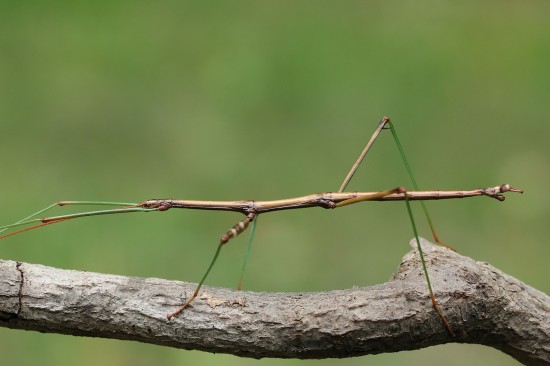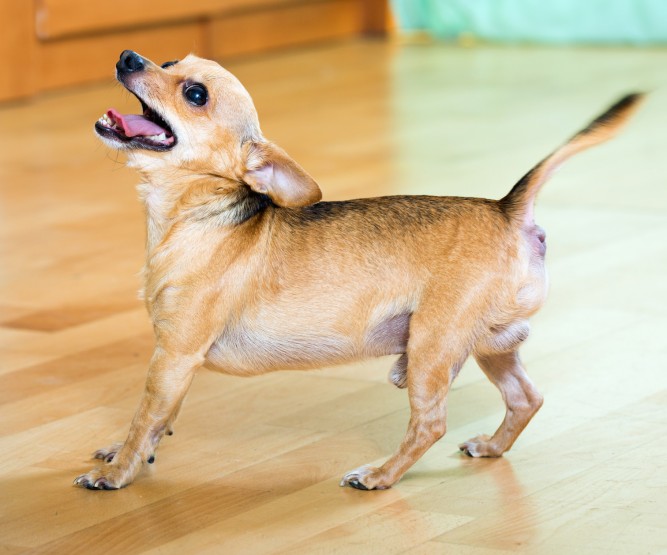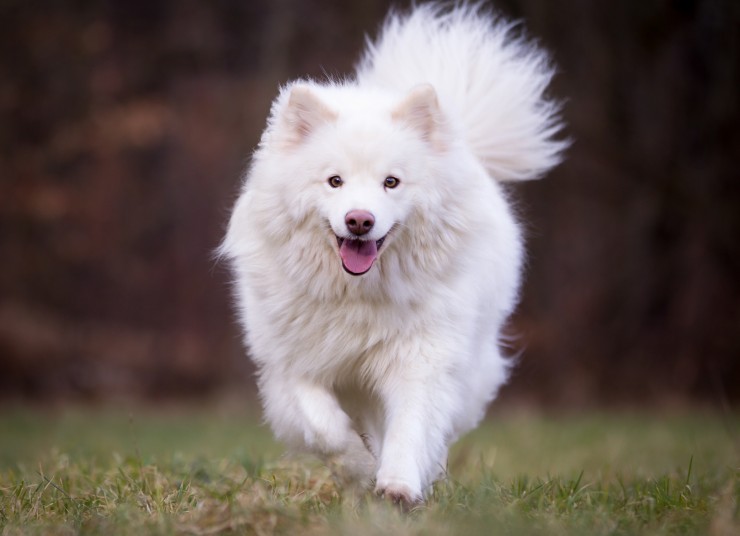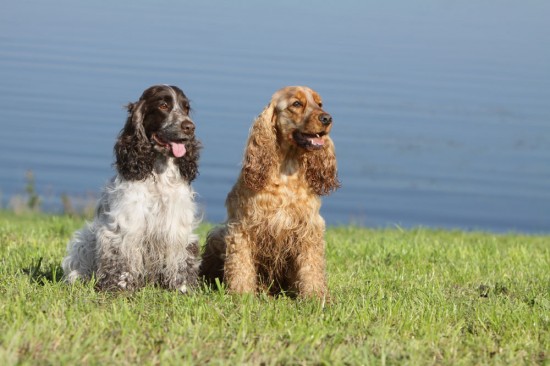How to Pick a Horse Rug
There are a lot of distinct sorts of horse rugs, with various attributes and functions. Consequently, the first action to choosing a horse rug is to decide which type you call for your horse. To assist you in this choice, adhering to is a checklist of the major sorts of rugs and an explanation of their functionality:
- Fly Rug. The goal of this is to safeguard the horse from flies that bite or sting. They are far more commonly and precisely referred to as 'fly sheets' relatively than 'fly rugs', as they are typically a thin plastic sheet or mesh, rather than a fabric rug. One can also get 'fly masks', which are produced out of the exact same materials and are meant to protect the head (particularly the eyes and ears) from flies. As they are a thin sheet they present tiny warmth or insulation, even though some can present protection from wind and rain.
- Turnout rugs. These are meant to offer insulation (warmth), to defend horses when they are exterior. The sum of warmth depends mainly on the amount of insulation, which is typically measured in terms of excess weight fairly than thickness. As a result, rugs with a reasonable volume of insulation are referred to as Light-weight Turnout Rugs, whilst individuals meant for maximum warmth are acknowledged as Hefty Turnout Rugs. Some turnout rugs are resistant or impervious to rain.
- Coolers. Although they may look like some turnout rugs, their purpose is quite different. They are supposed to aid the horse dry by 'wicking' moisture absent from its coat, and at the very same time guarding the horse from cooling while damp (a damp horse can quickly turn out to be chilled if it is uncovered to cold and/or wind even though it has a moist coat). They are generally employed soon after exercise, when the weather is cool or windy, and removed as soon as the horse has dried off. These are alsoknown as 'sweat rugs'.
- Rain sheets. These are generally a thin sheet, with little or no insulation. It is meant to hold the horse dry and can also present defense from the wind.
- Stable rugs. Also identified as 'stable blankets', these are similar to turnout rugs in that they provide warming insulation, but are supposed to be utilised when the horse is stabled rather than when it is outdoors.
- Saddle rugs. A saddle rug (also known as a 'saddle pad') is put below the saddle. It supplies cushioning amongst the saddle and the horse, which safeguards the horse from the fairly hard saddle and at the very same time protects the saddle from being rubbed down by the horse. As the horse tends to sweat underneath the saddle rug, because of to the mixture of workout and the warming insulation supplied by the saddle rug, some have developed in 'wicking' products to aid eliminate thesweat from the coat.
- Demonstrate rugs. A display rug is placed between the saddle and the saddle rug. It is a comparatively thin but colourful rug whose main operate is glimpse attractive. As it has tiny or no other sensible goal, it is typically used only for the duration of exhibitions or competitions.
- Summer time rugs. Much more generally known as 'summer sheets', these are thin sheets intended to hold filth off of the horse's coat (e.g. if it rolls or lies down).
- New Zealand rugs. A turnout rug which is produced of waxed canvas. It gives restricted warmth but shields well from wind and rain (furnished that it is re-waxed as necessary) and is reasonably resistant to hurt due to the robust canvas substance.
- Riding rugs. It offers defense from the weather but is developed to be worn by the horse when it is being ridden.
Of these numerous varieties of horse rugs, perhaps the most frequently utilised is the turnout rug. The most important factor when deciding on this type of rug is to choose a rug of the proper warmth. Preserve in thoughts that a horse which is also sizzling can be as uncomfortable as 1 which is far too chilly. Furthermore, a rug will discourage the growth of the coat and if far too warm will in fact end result in the horse shedding its coat. Consequently, it is crucial equally that the rug is large sufficient to supply required warmth but as the identical time is not as well warm. The warmth which an personal horse requires will rely on numerous variables:
- Climate. On a chilly winter season day, 1 will need a hotter (heavier) turnout rug than on a cool autumn or spring day. If there is wind, additional protection is needed due to the wind chill element. Similarly, if there is large rain, the insulation furnished by the horse's coat and by the rug are eachlowered, unless they have a rain resistant cover.
- Well being and Age. Horses which are young, sturdy and nutritious have a lot less necessity for a warming rug than ones which are not. On a chilly day, it may possibly make sense to set a major turnout rug on a ill or aged horse, when a younger horse in the same discipline might be very good with a light turnout rug or no rug at all.
- Thickness of coat. A horse with a thick coat will have less want for a rug than one which has a good coat, or which has been clipped.
- Exhibiting. A horse with a thick coat generally does not appear as desirable (in the eyes of most men and women) as one particular which has a thinner coat. As a result, horses being exhibited generally have a rug which is warm sufficient to discourage expansion of their winter season coat. Such coats are relatively hefty for the horse's conditions, as they require to replace the insulation offered by the organic winter coat fairly than simply supplement it. Similarly, summer season sheets and demonstrate rugs are for the requirements of the exhibitor relatively than the horse.
- Quantity of rugs. The over variables will decide the quantity of rugs required. For case in point, a younger and healthy horse in a gentle local climate may not need a rug at all and might be happier without 1. In a colder environment, a nutritious horse may want only a light rug to be employed during the coldest days. An elderly or sick horse may possibly require numerous rugs, dependent on the circumstance (e.g. uninsulated waterproof coat for summer rain, light-weight turnout rug for autumn or spring, and a major turnout rug for winter).
Once a single has made a decision on the form of rug in addition (in the scenario of warming rugs) the required weight, one particular can then search at the components, good quality and capabilities which you may call for. Some common objects and features to consider are:
- Antibacterial. Some rugs are treated to be antibacterial.
- Breathable. Breathable rugs let sweat to evaporate and air to access the coat, capabilities which make the rug more comfy and healthier.
- Protection. Rugs normally cover the physique. Some also have neck addresses, either as portion of the rug or an a detachable additional.
- Friction points: Rugs can rub, specially if worn by active horses or when the horse is functioning. The principal factors impacted are generally close to the shoulders and chest. To avoid this, some rugs have anti-friction fabric at these details to allow the rug to quickly slide and transfer without rubbing the coat.
- Hooks, loops, buckles, straps and attachments. These ought to bestrong, simply opened and closed, and firmly connected.
- Insulation. The quantity of insulation is typically expressed in grams for each square meter. For instance, a '300g' rug has 300 grams of insulation for each square meter of rug. The true rug will weigh a lot more than this, as this is only the excess weight of the insulation alone and does not contain the excess weight of fabric, straps or buckles. In standard, the heavier the bodyweight, the hotter the rug. However, this is not a precise measurement as there are diverse sorts of insulation, which range in phrases of good quality and usefulness.
- Rain. A rug may possibly be unsuitable for rain, or be rain resistant, or rain evidence.
- Tear Resistant or Rip End. Rugs may use fabrics or weaves which are resistant to tearing, and in the event of a tear resist the tear turning out to be greater.
- Washing. Machine washable rugs are more handy.
- Wicking. Take away sweat and moisture from the coat.
When you have determined on the above, your requirements should be well defined in terms of form of rug, amount of warmth necessary and the various capabilities which you would like. At this stage, it is generally down to top quality and price tag. As in most issues, you get what you pay out for, so the better quality rugs are correspondingly far more expensive. If your price range is limited, or you will only use the rug infrequently, then an low-cost rug may possibly be suitable. Nevertheless, if your horse will be utilizing the rug routinely, it is normally worth investing in a greater top quality rug which will very last. In addition, if your horse is energetic or often rolls, it is essential to decide on a strong rug which can resist this use.

 Characteristics and Origin Of Lhasa-Tzu Puppy - Crossbreed Of Shih Tzu And Lhasa Apso
Characteristics and Origin Of Lhasa-Tzu Puppy - Crossbreed
Characteristics and Origin Of Lhasa-Tzu Puppy - Crossbreed Of Shih Tzu And Lhasa Apso
Characteristics and Origin Of Lhasa-Tzu Puppy - Crossbreed
 Stick Insects - Do They Make Good Kids Pets?
Stick Insects - D
Stick Insects - Do They Make Good Kids Pets?
Stick Insects - D
 Does Your Dog Bark At Absolutely Nothing?
Does Your Dog Bar
Does Your Dog Bark At Absolutely Nothing?
Does Your Dog Bar
 Is A Finnish Lapphund The Right Dog For You?
Is A Finnish Lapp
Is A Finnish Lapphund The Right Dog For You?
Is A Finnish Lapp
 Working And Show Type Cocker Spaniels
Working And Show
Working And Show Type Cocker Spaniels
Working And Show